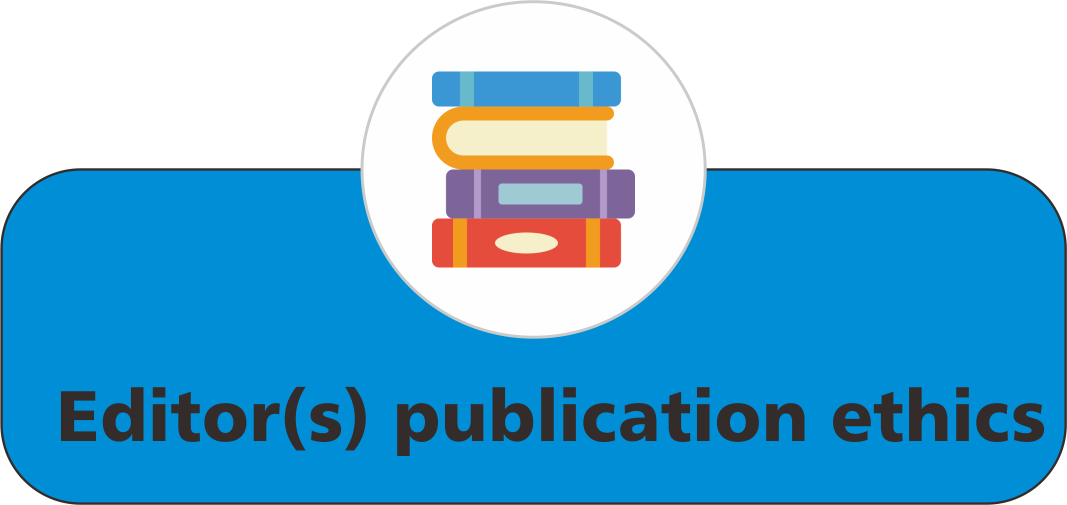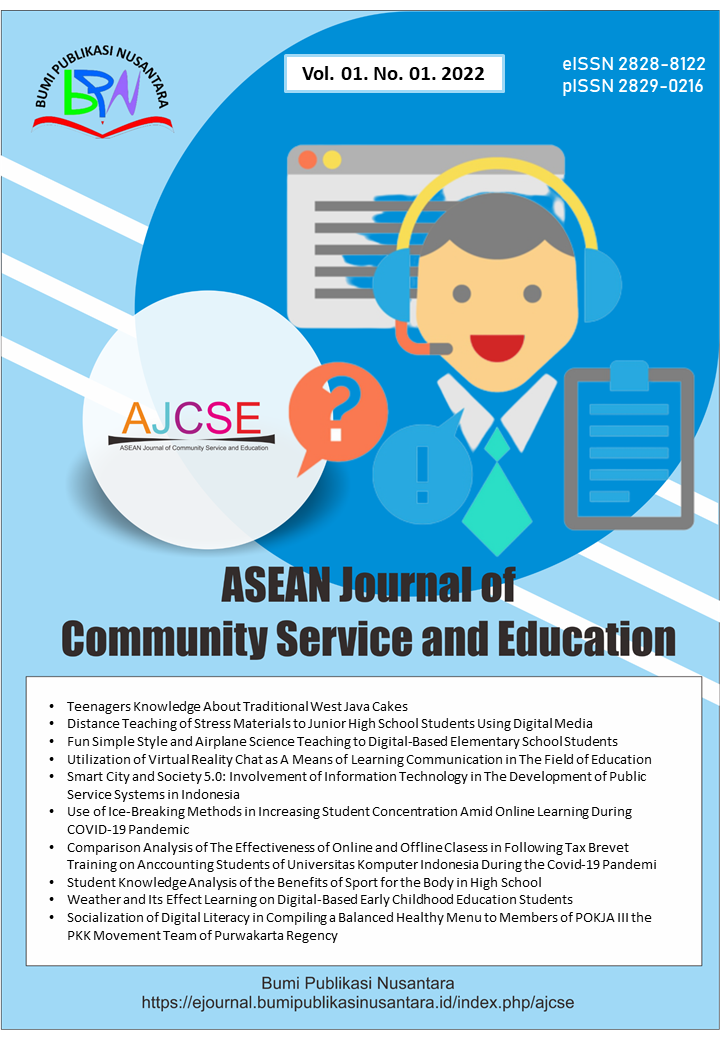Community and Policy Approaches for Revitalizing Endangered Ethnic Languages in Bangladesh
 ),
),
(1) Nizam Uddin Ahmed Model College
 Corresponding Author
Corresponding Author
Abstract
Keywords
References
Amazonas, I. T., Kawa, N. C., Zanetti, V., Linke, I., and Sinisgalli, P. A. (2019). Using rich pictures to model the ‘good life’in indigenous communities of the tumucumaque complex in Brazilian Amazonia. Human Ecology, 47, 341-354.
Awal, A. (2019). Indigenous languages in Bangladesh: A sociolinguistic study. International Journal of Applied Research, 5(9), 318–325.
Bhuiyan, A. A. M. (2016). Indigenous languages in Bangladesh: Loopholes behind the scene. Indigenous Policy Journal, 27(3), 1-17.
Faruk, M. O., and Rosenbaum, S. (2022). The mental health consequences of indigenous language loss. The Lancet Psychiatry, 9(10), e46.
Haque, M. S., Al Mamun, S. A., and Anis, M. A. R. (2018). The present situation of minority languages in Bangladesh: A new hope. Journal of Science and Technology, 8(1), 137–142.
Hasan, N., Bao, Y., and Miah, S. J. (2022). Exploring the impact of ICT usage among indigenous people and their quality of life: Operationalizing Sen’s capability approach. Information Technology for Development, 28(2), 230–250.
Islam, M. M. (2020). Humanistic values of indigenous languages in Bangladesh. RUNAS. Journal of Education and Culture, 1(1), 77-88.
Rahman, S. A. (2023). Extinction of indigenous language in Bangladesh. International Journal of Research and Innovation in Social Science, 7(4), 347–355.
Reza, F., and Ullah, M. (2023). Preserving and promoting indigenous languages of ethnic minorities in Bangladesh: A strategic planning framework. Prithvi Academic Journal, 6, 120–135.
Sultana, S. (2023). Indigenous ethnic languages in Bangladesh: Paradoxes of the multilingual ecology. Ethnicities, 23(5), 680–705.
Viscogliosi, C., Asselin, H., Basile, S., Borwick, K., Couturier, Y., Drolet, M. J., and Levasseur, M. (2020). Importance of Indigenous elders’ contributions to individual and community wellness: results from a scoping review on social participation and intergenerational solidarity. Canadian Journal of Public Health, 111, 667-681.
Article Metrics
Abstract View : 401 times
: 401 times Download : 166 times
Download : 166 times
Refbacks
- There are currently no refbacks.
Copyright (c) 2025 Bumi Publikasi Nusantara

This work is licensed under a Creative Commons Attribution-ShareAlike 4.0 International License.







